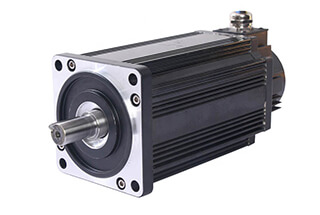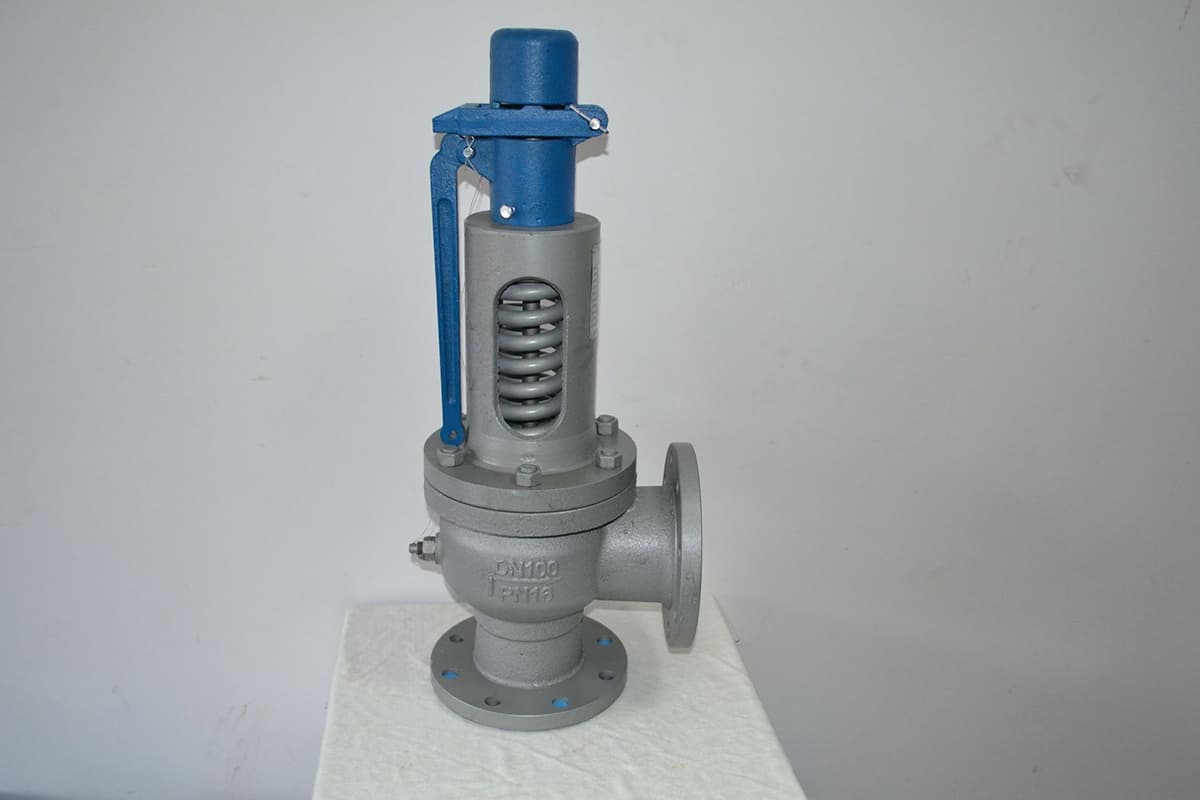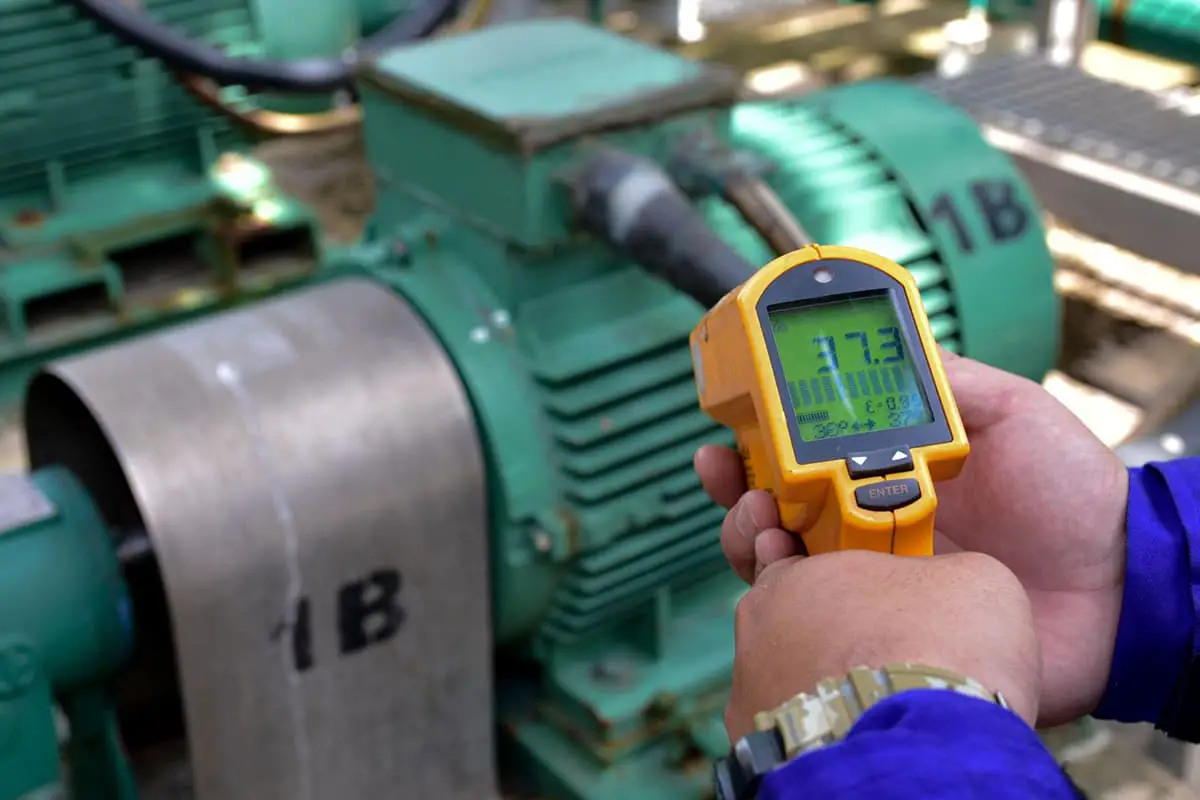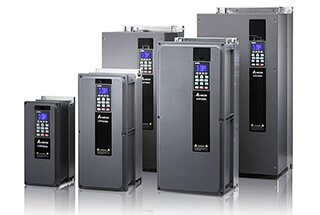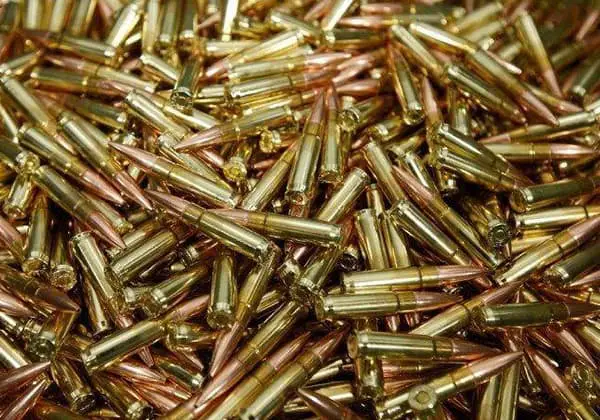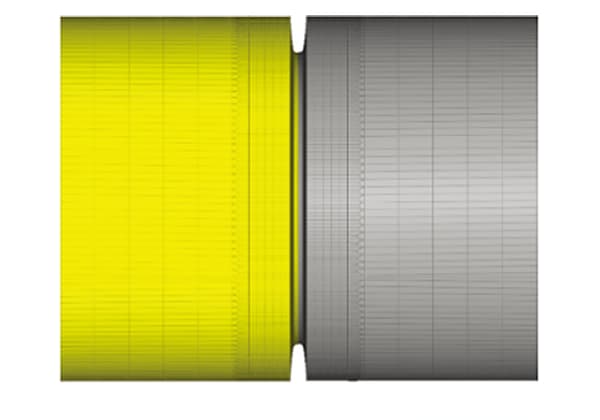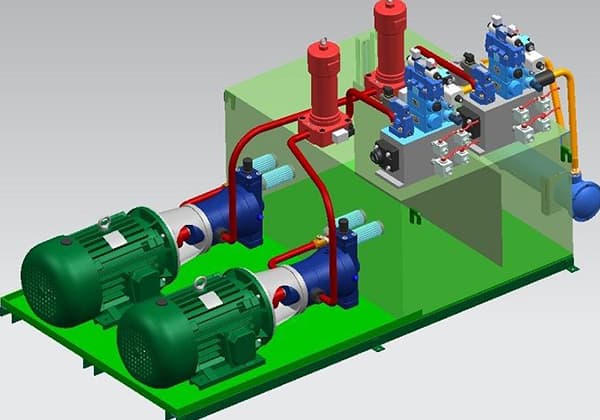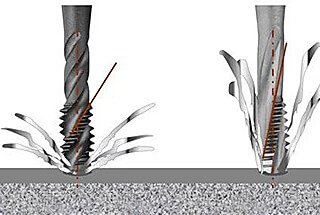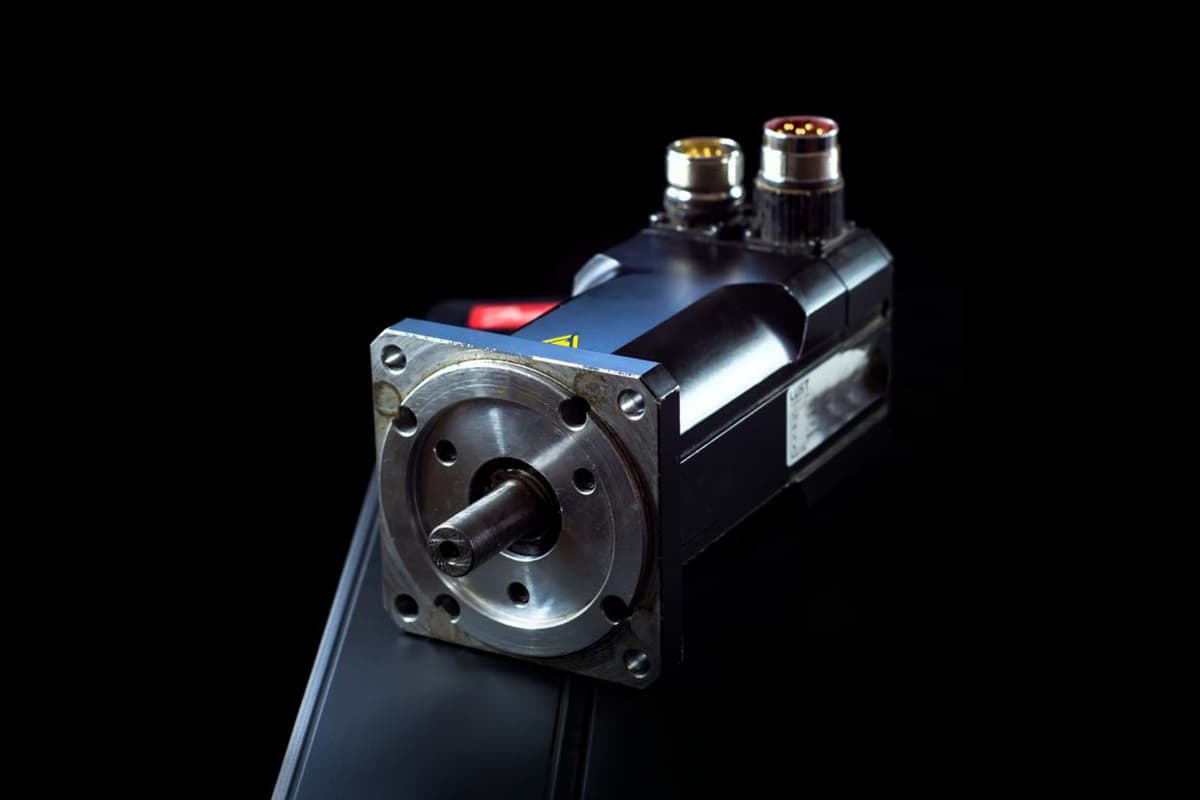
Have you ever faced a stubborn motor that just won’t start? In this article, we’ll explore common motor issues and their troubleshooting methods. From burnt melts to buzzing sounds, discover practical solutions to keep your machinery running smoothly. Get ready to enhance your motor maintenance skills and prevent future breakdowns!
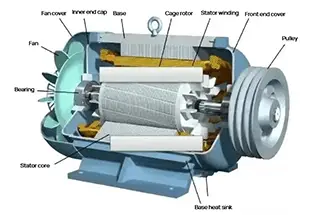
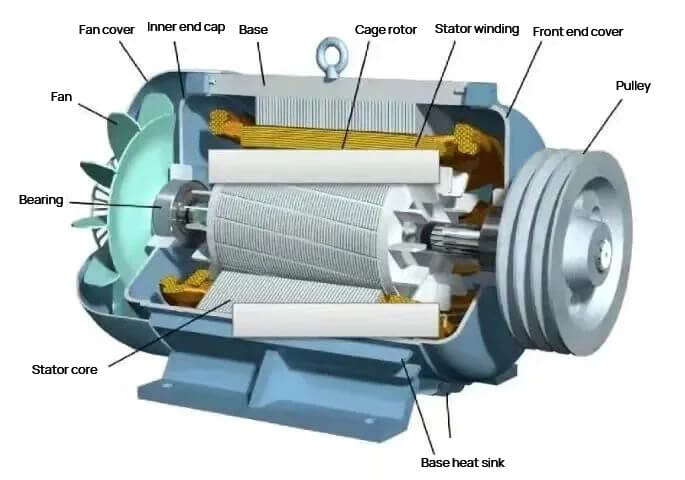
Causes:
Troubleshooting:
Causes:
Troubleshooting:
Causes:
Troubleshooting:
Causes:
Troubleshooting:
Causes:
Troubleshooting:
Causes:
Troubleshooting:
Causes:
Troubleshooting:
Causes:
Troubleshooting:
Cause:
Troubleshooting:

